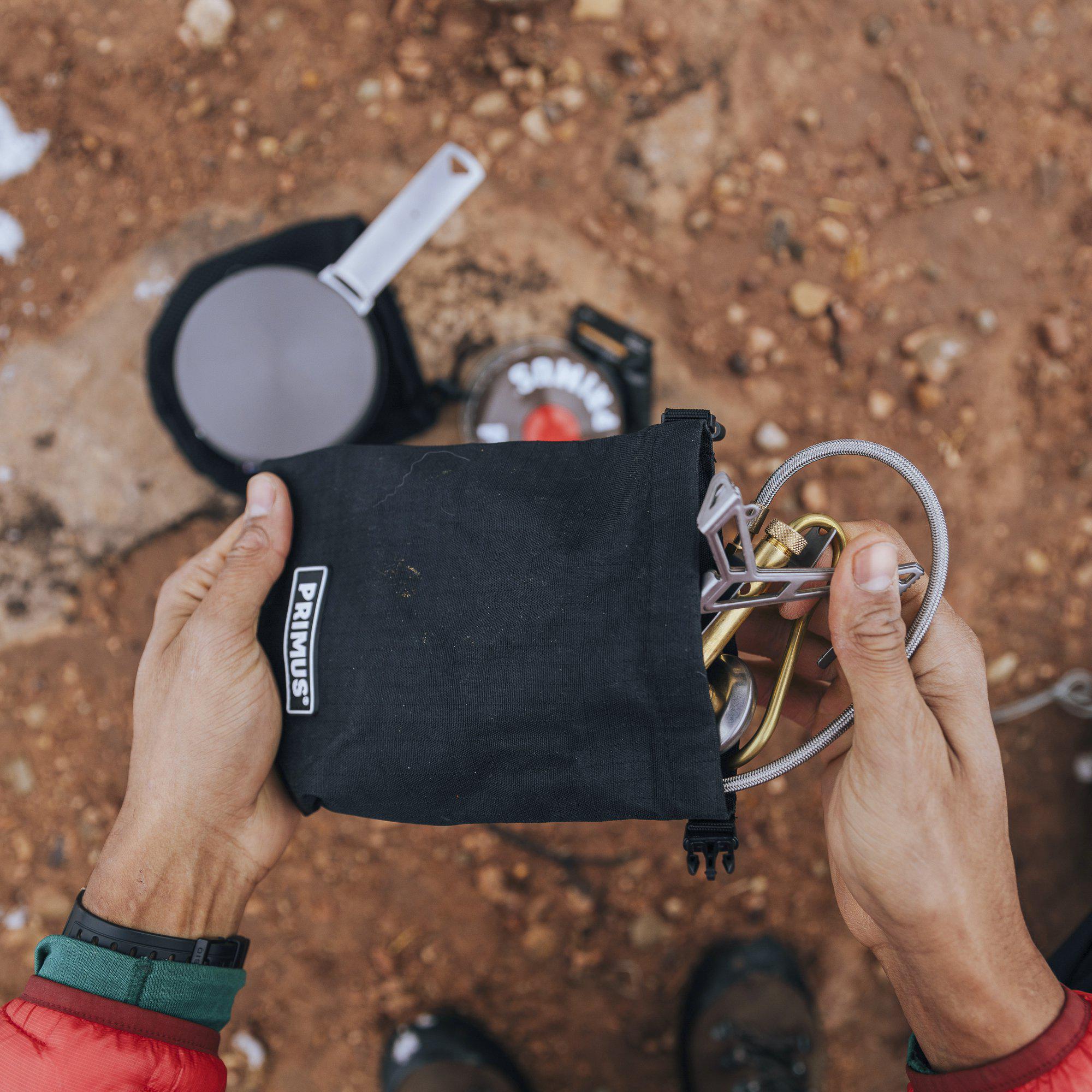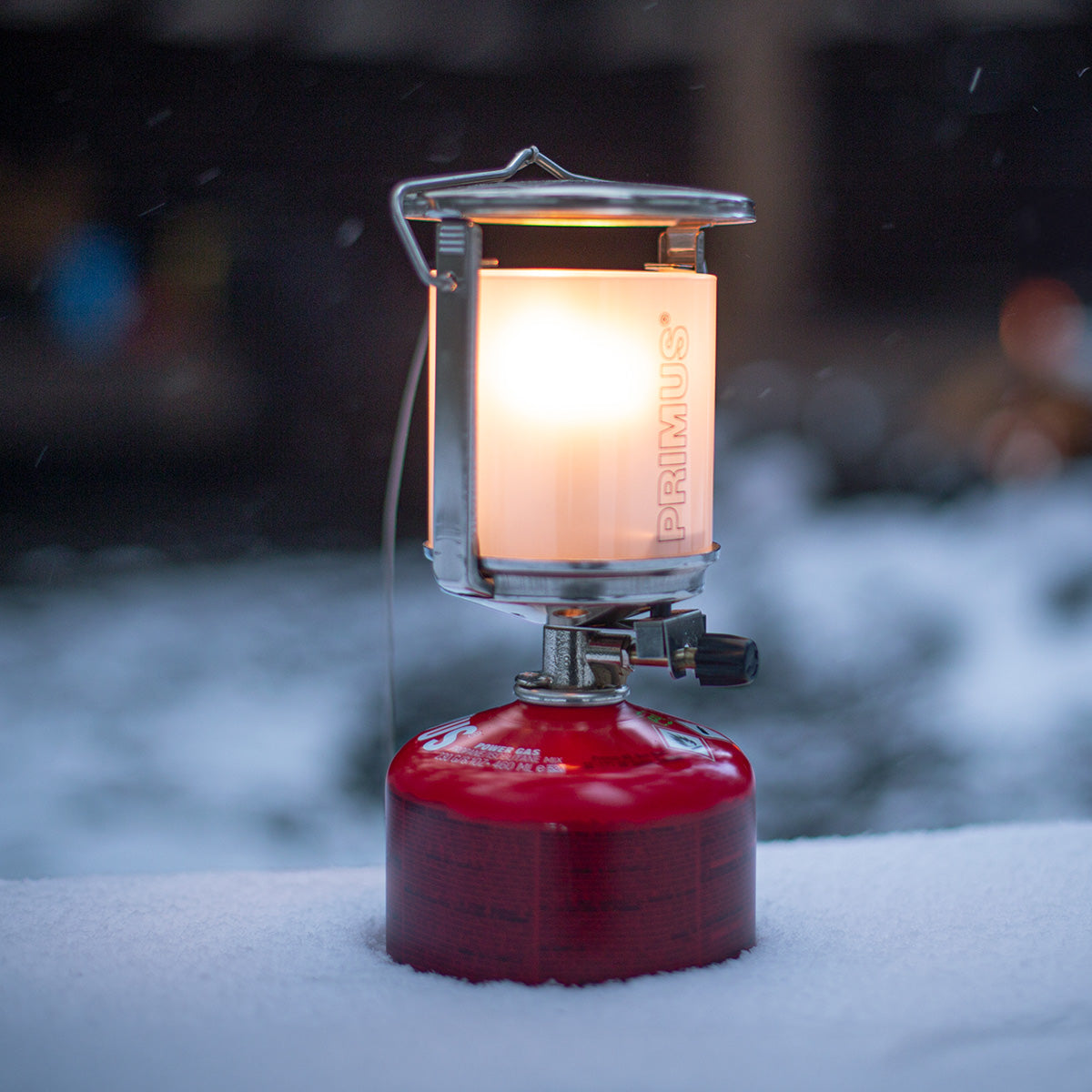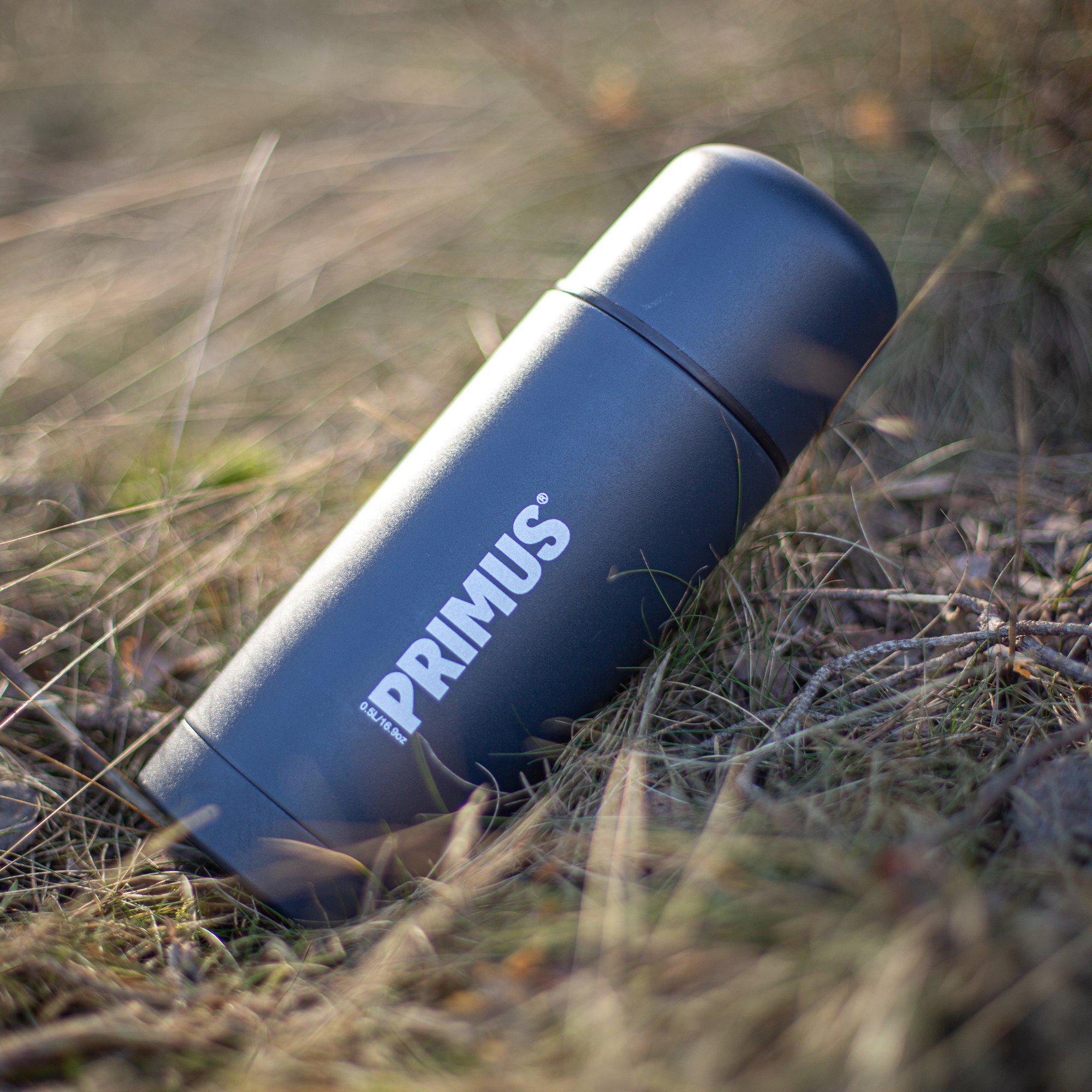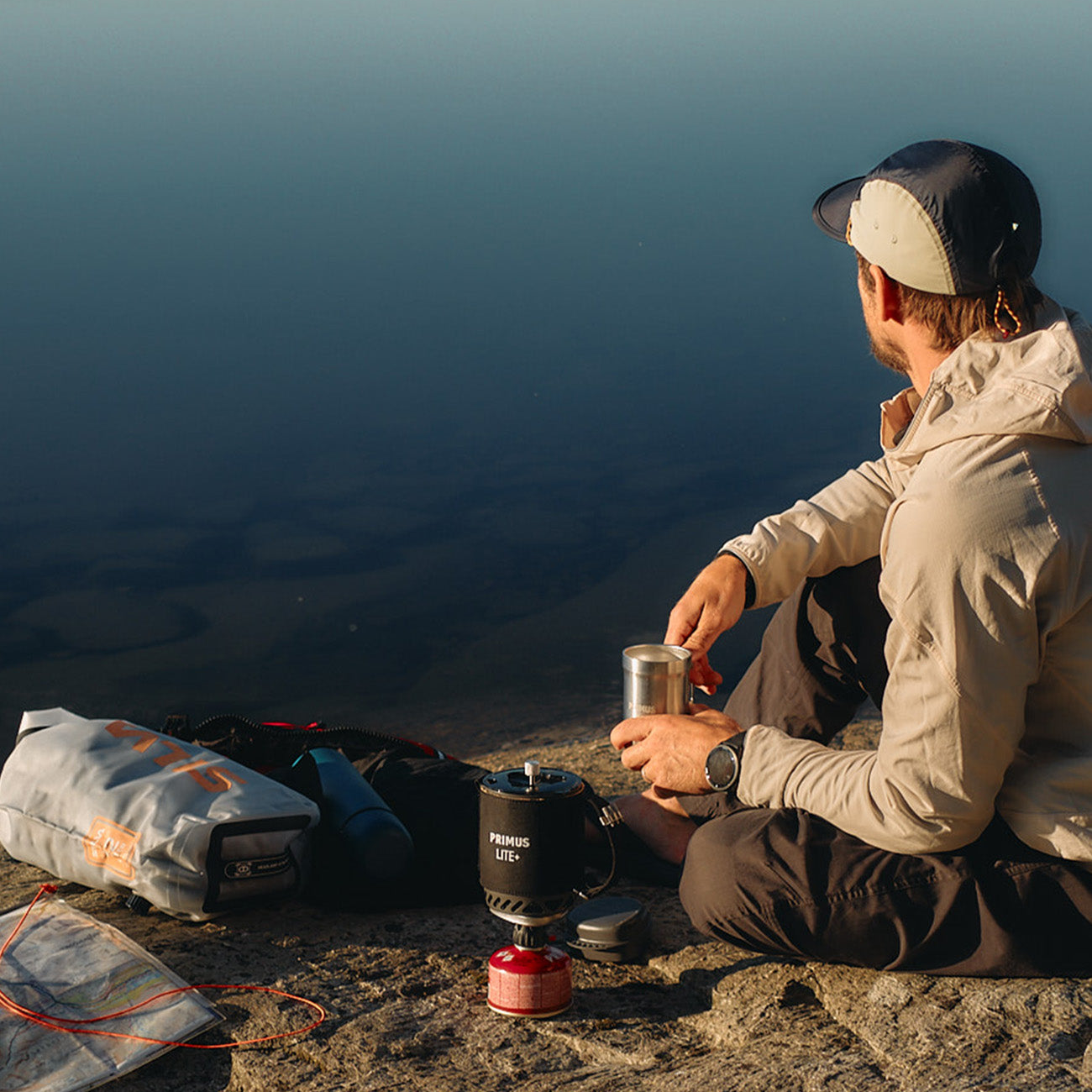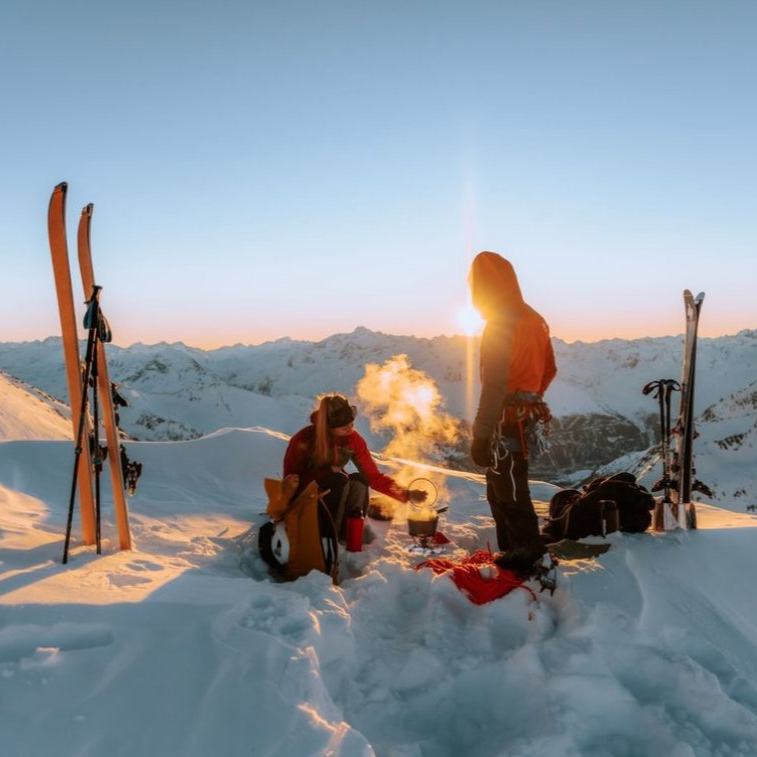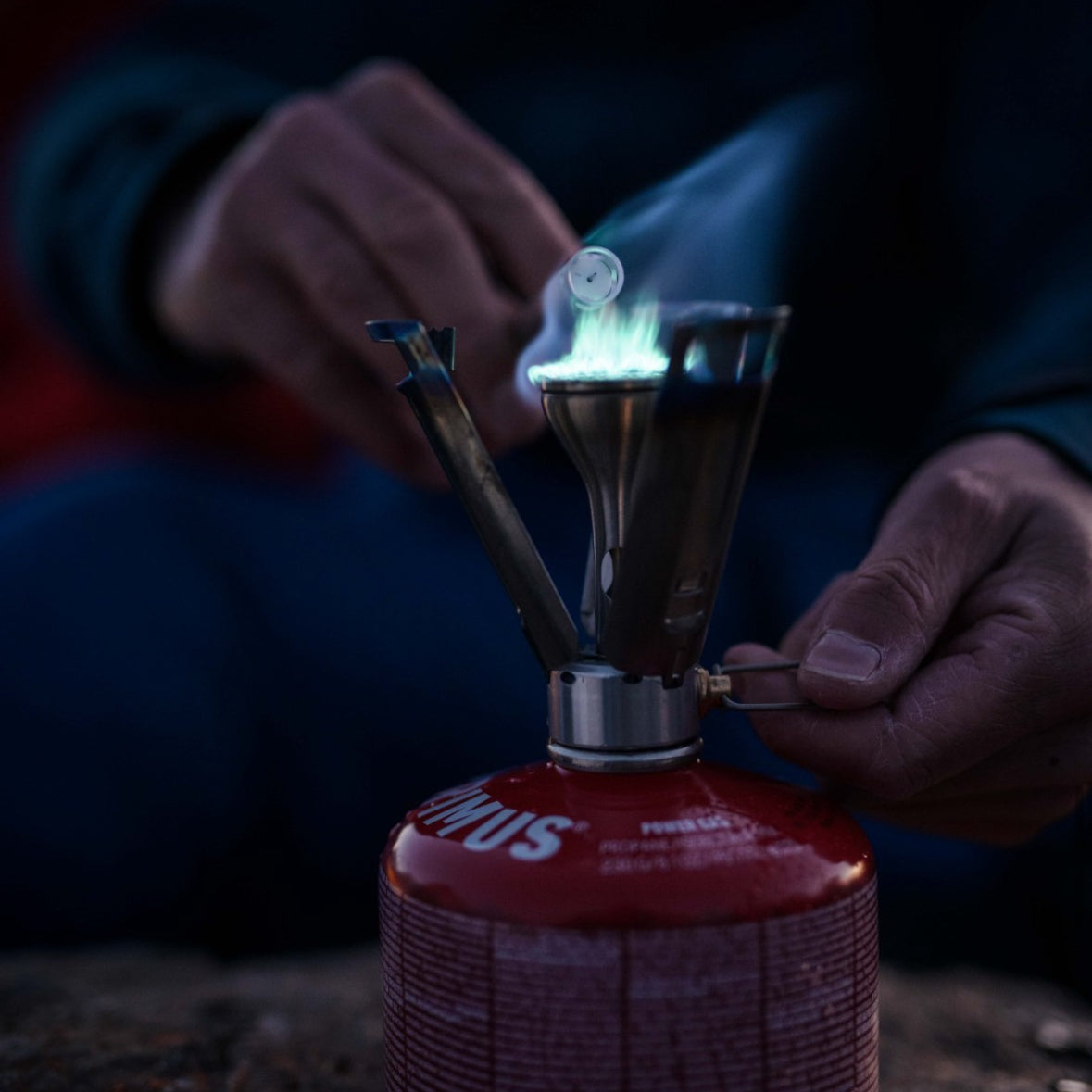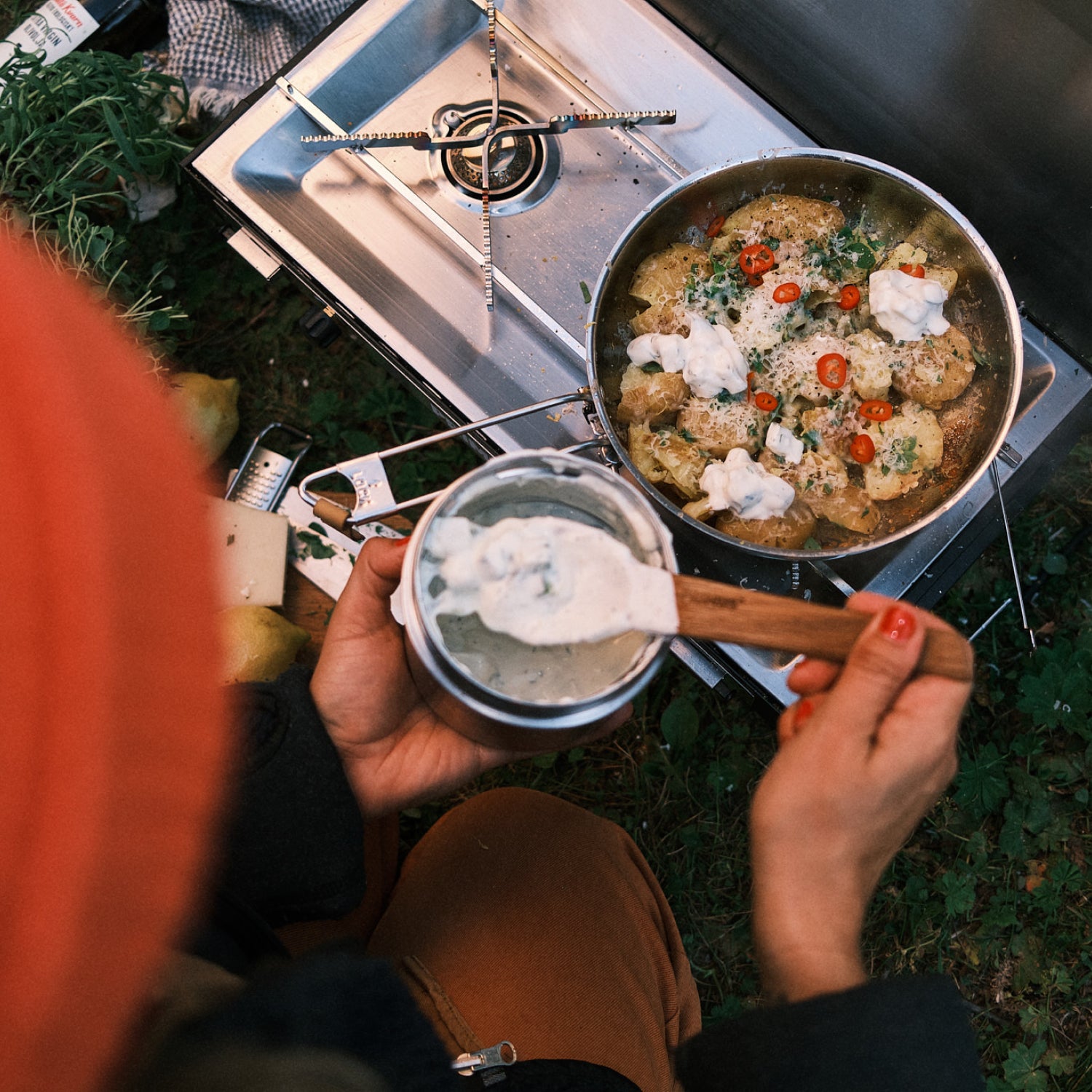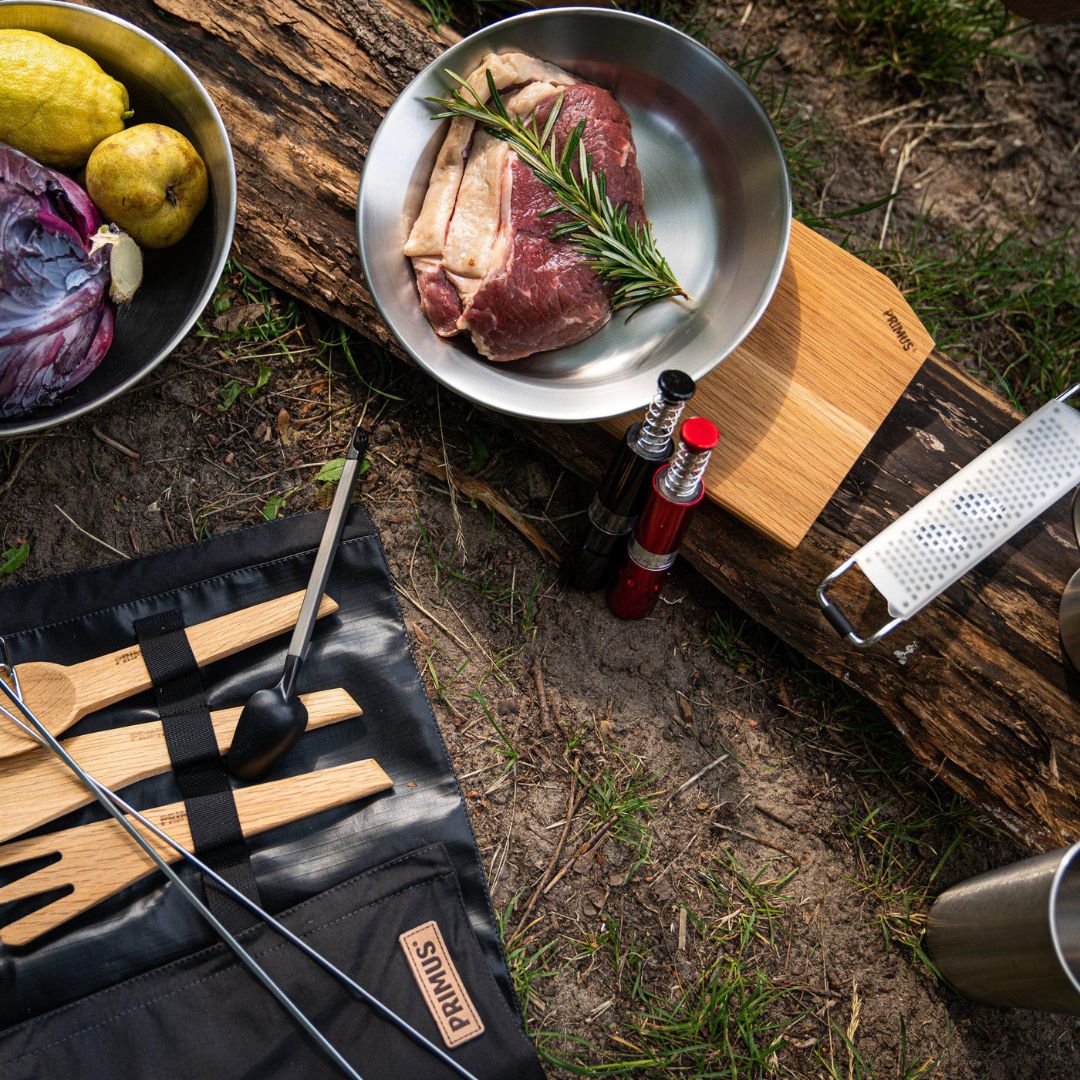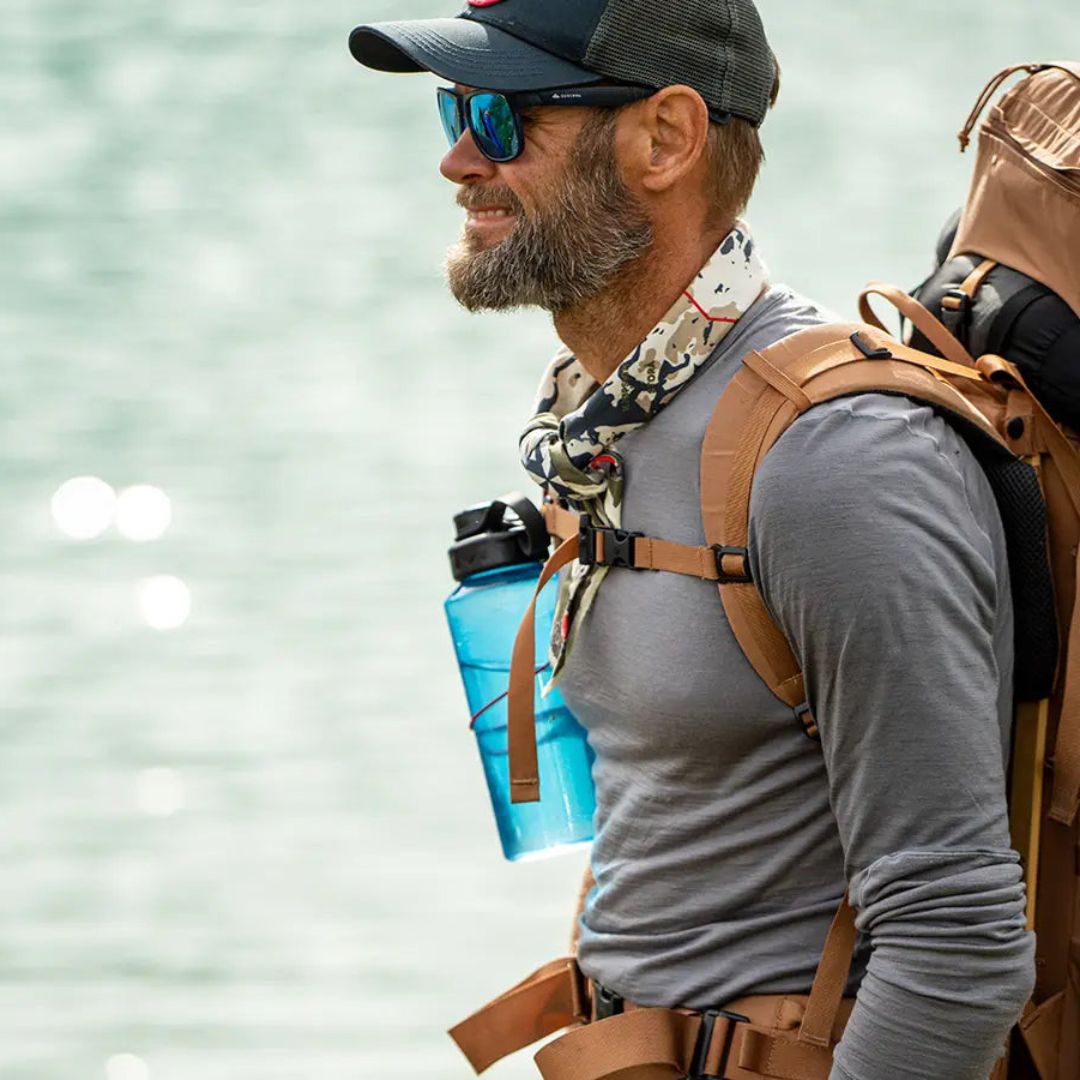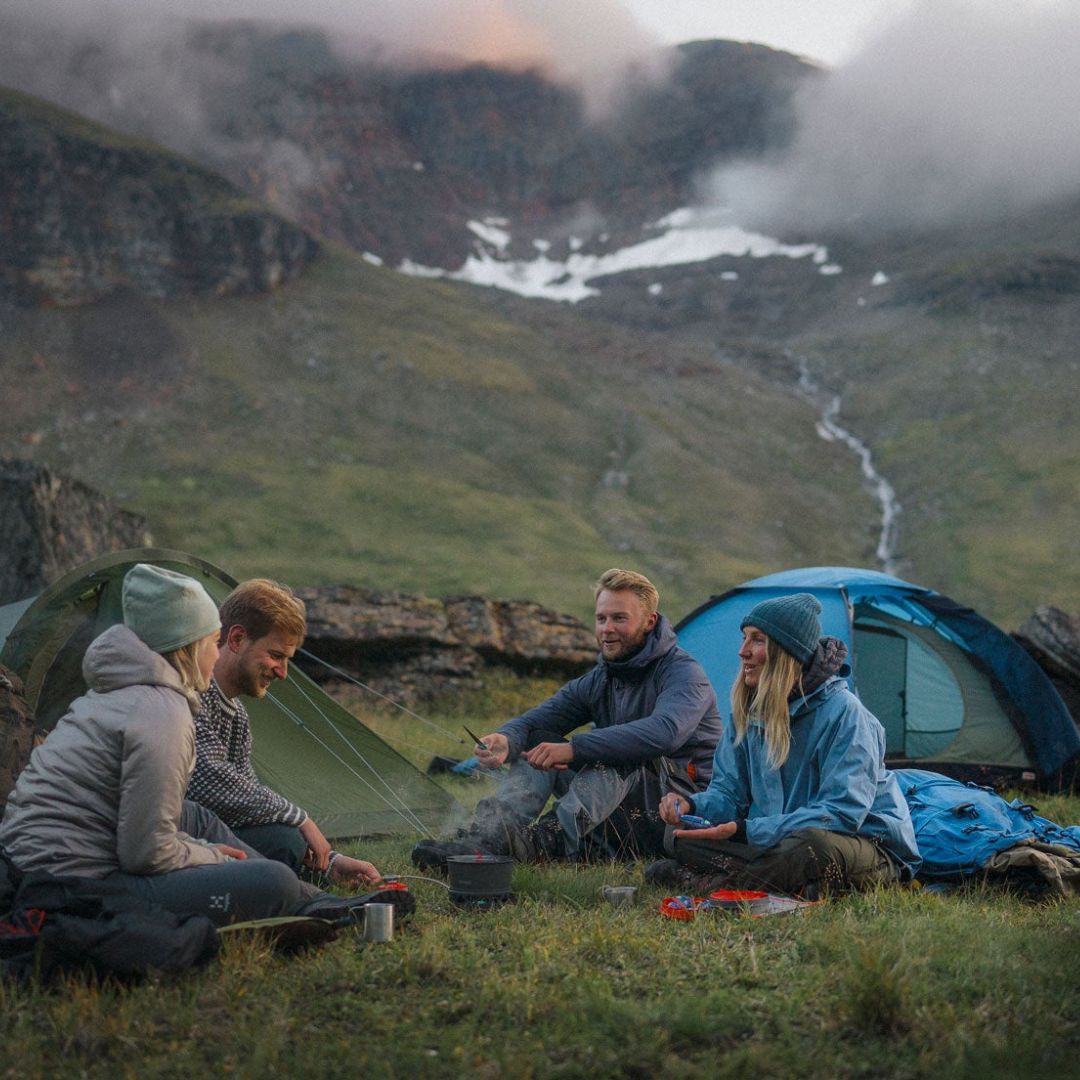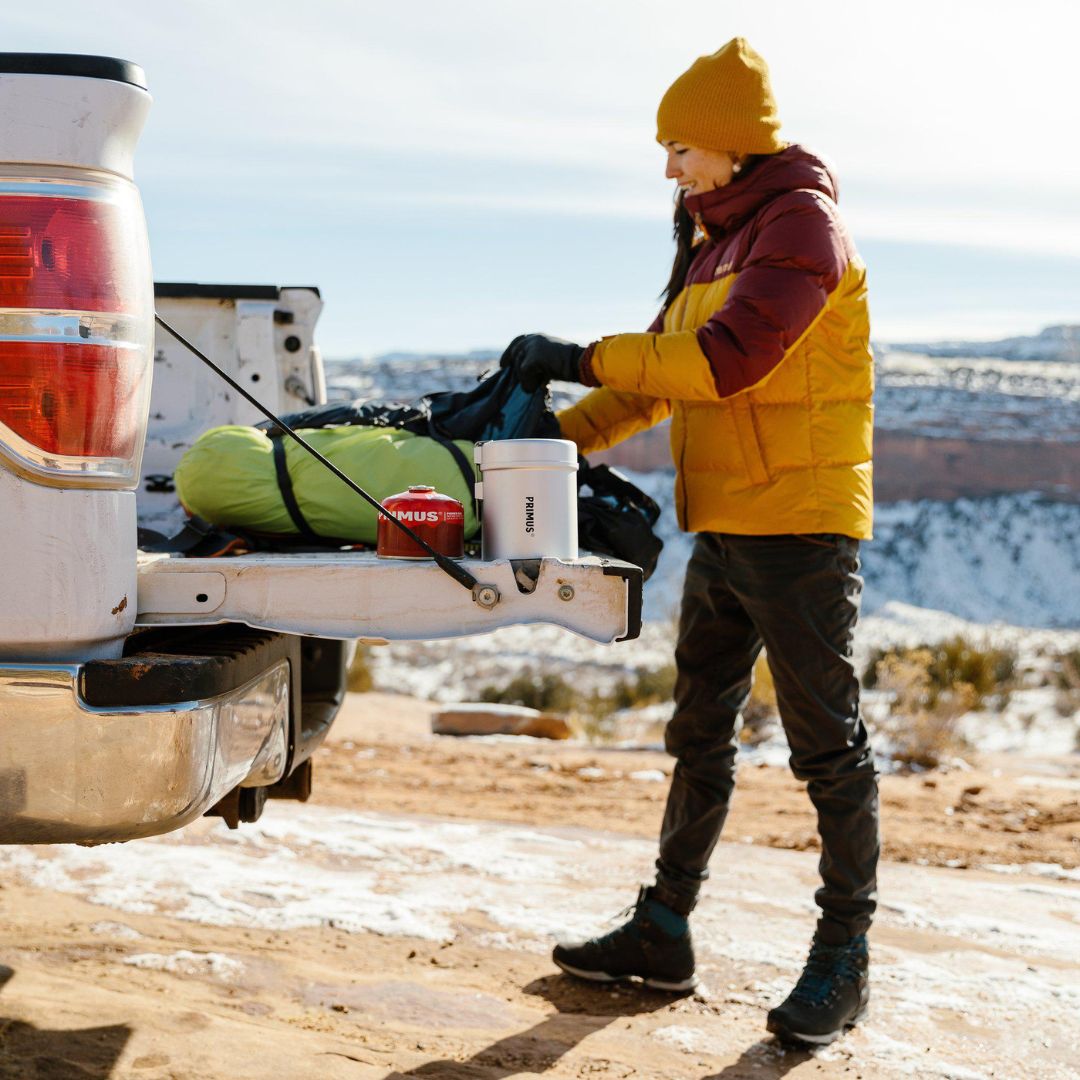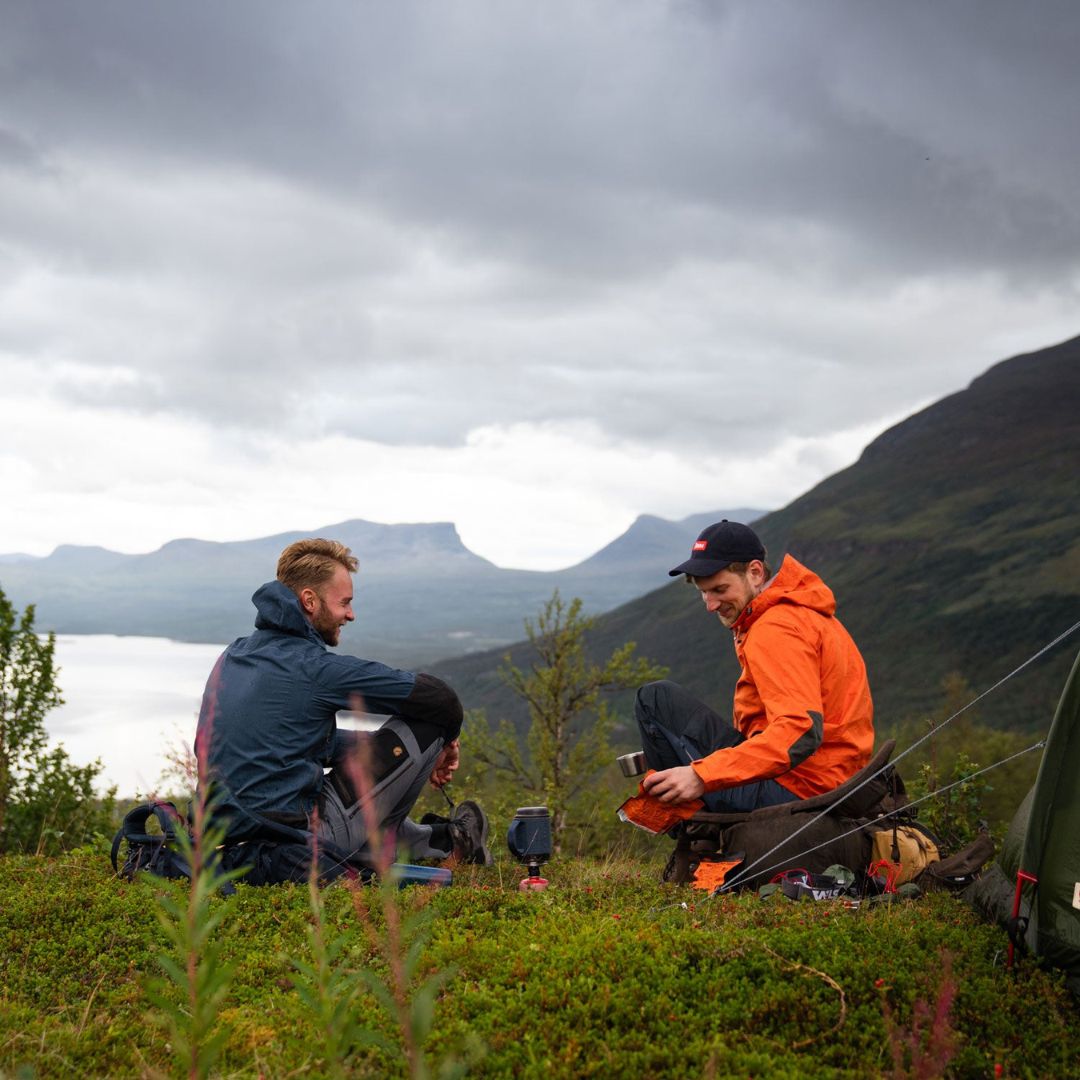6. Raise the bar a little at a time
Start with short day trips and expand your range as you get used to it. When you've been out a few times, you might want to try sleeping outside in a tent or shelter.
If you don't have your own equipment, you can rent it. And if you haven't pitched a tent before, it’s best to start close to home – maybe in a garden, at a beach or other place you know. For very young children, sleeping in a tent is no stranger than in other places (it's possibly more fun to play in a tent). Choose a place that you as a parent are comfortable with, and that is easy to get to and from because there will be a lot to carry. Read a bedtime story, brush your teeth, and do anything else you usually do at bedtime. Then snuggle up and listen to the birds, the wind, and the sounds of nature. You might sleep a little worse, but it's not the end of the world – you have the best little person(s) in the world for company.
7. Go with plan B
Sometimes things don't go as planned. If the weather turns cold or wet, turn around and do something else instead. Make up a game, eat your packed lunch in a sheltered spot, and try again at another time.


